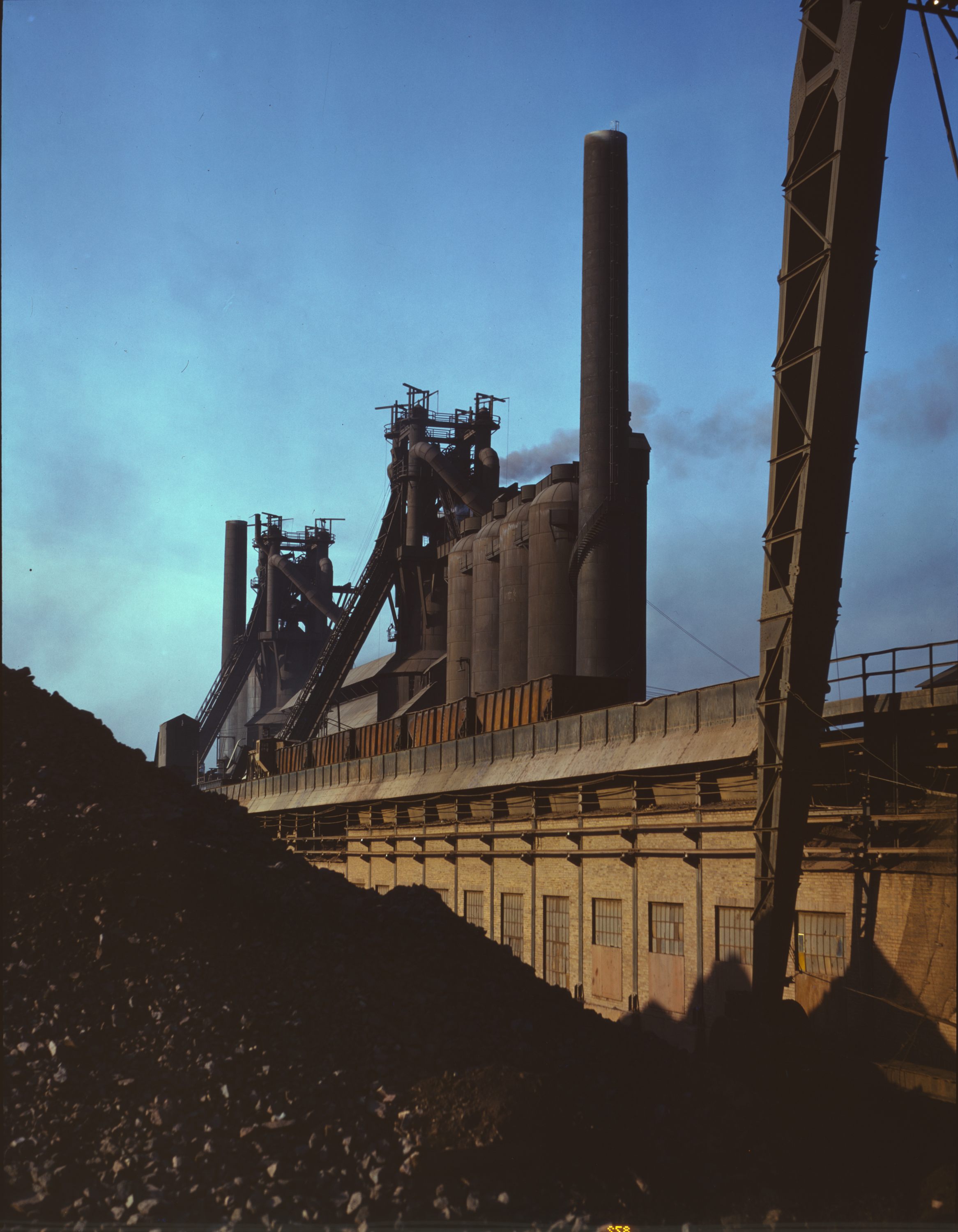|
Hotei Station
270px, Hotei Station in 1912 is a railway station in the city of Kōnan, Aichi Prefecture, Japan, operated by Meitetsu. Lines Hotei Station is served by the Meitetsu Inuyama Line, and is located 15.2 kilometers from the starting point of the line at . Station layout Hotei Station consists of two eight-car island platforms serving four tracks, connected to the station building by a level crossing. Before the temporary platforms came into use, track 1 was only long enough for six-car trains. Access to the platforms from the old station building was via a level crossing; Hotei was the last station on the Inuyama Line where this was the case. The station has automated ticket machines, Manaca automated turnstiles and is staffed. Platforms Adjacent stations Station history Hotei Station opened with the line on 6 August 1912. The station served the town of Hotei, Niwa District, until it was merged into the new city of Kōnan in 1954. One of two stations in the cit ... [...More Info...] [...Related Items...] OR: [Wikipedia] [Google] [Baidu] |
Niwa District
is a district located in Aichi Prefecture, Japan. As of 1 October 2019, the district had an estimated population of 58,304 and a density of 2,351 persons per km2. The total area is 24.79 km2. Towns and villages * Fusō * Ōguchi is a town located in Niwa District, Aichi Prefecture, Japan. , the town had an estimated population of 24,160 in 9547 households, and a population density of 1,775 persons per km². The total area of the town was . Geography Ōguchi is locate ... Districts in Aichi Prefecture {{Aichi-geo-stub ... [...More Info...] [...Related Items...] OR: [Wikipedia] [Google] [Baidu] |
Railway Stations In Aichi Prefecture
Rail transport (also known as train transport) is a means of transport that transfers passengers and goods on wheeled vehicles running on rails, which are incorporated in tracks. In contrast to road transport, where the vehicles run on a prepared flat surface, rail vehicles (rolling stock) are directionally guided by the tracks on which they run. Tracks usually consist of steel rails, installed on sleepers (ties) set in ballast, on which the rolling stock, usually fitted with metal wheels, moves. Other variations are also possible, such as "slab track", in which the rails are fastened to a concrete foundation resting on a prepared subsurface. Rolling stock in a rail transport system generally encounters lower frictional resistance than rubber-tyred road vehicles, so passenger and freight cars (carriages and wagons) can be coupled into longer trains. The operation is carried out by a railway company, providing transport between train stations or freight customer facilit ... [...More Info...] [...Related Items...] OR: [Wikipedia] [Google] [Baidu] |
Railway Stations In Japan Opened In 1912
Rail transport (also known as train transport) is a means of transport that transfers passengers and goods on wheeled vehicles running on rails, which are incorporated in Track (rail transport), tracks. In contrast to road transport, where the vehicles run on a prepared flat surface, rail vehicles (rolling stock) are directionally guided by the tracks on which they run. Tracks usually consist of steel rails, installed on Railroad tie, sleepers (ties) set in track ballast, ballast, on which the rolling stock, usually fitted with metal wheels, moves. Other variations are also possible, such as "slab track", in which the rails are fastened to a concrete foundation resting on a prepared subsurface. Rolling stock in a rail transport system generally encounters lower friction, frictional resistance than rubber-tyred road vehicles, so passenger and freight cars (carriages and wagons) can be coupled into longer trains. The rail transport operations, operation is carried out by a ... [...More Info...] [...Related Items...] OR: [Wikipedia] [Google] [Baidu] |
List Of Railway Stations In Japan ...
The links below contain all of the 8579 railway stations in Japan. External links {{Portal bar, Japan, Trains * Railway stations Japan Japan ( ja, 日本, or , and formally , ''Nihonkoku'') is an island country in East Asia. It is situated in the northwest Pacific Ocean, and is bordered on the west by the Sea of Japan, while extending from the Sea of Okhotsk in the north ... [...More Info...] [...Related Items...] OR: [Wikipedia] [Google] [Baidu] |
Carnegie Steel Company
Carnegie Steel Company was a steel-producing company primarily created by Andrew Carnegie and several close associates to manage businesses at steel mills in the Pittsburgh, Pennsylvania area in the late 19th century. The company was formed in 1892 and was subsequently sold in 1901 in one of the largest business transactions of the early 20th century, to become the major component of U.S. Steel. The sale made Carnegie one of the richest men in history. Creation Carnegie began the construction of his first steel mill, the Edgar Thomson Steel Works, in 1872 at Braddock, Pennsylvania. The Thomson Steel Works began producing rails in 1874. By a combination of low wages, efficient technology infrastructure investment and an efficient organization, the mill produced cheap steel, which sold for a large profit in the growing markets of industrial development. Carnegie alone estimated that 40% was returned on the investment, i.e., a profit of $40,000 from a $100,000 investment in ... [...More Info...] [...Related Items...] OR: [Wikipedia] [Google] [Baidu] |
Chiryū Station
270px, Platforms is a railway station in the city of Chiryū, Aichi, Japan, operated by Meitetsu. Lines Chiryū Station is served by both the Mikawa Line and Nagoya Main Lines. It is 41.3 kilometers from the terminus of the Nagoya Line at Toyohashi Station and is a terminus of the 39.8 kilometer Mikawa Line. Station layout The station has four island platforms connected by footbridges. The station is staffed. Platforms Adjacent stations History The predecessor Chiryū Station was opened on April 1, 1923, as on the privately owned Aichi Electric Railway Company, but soon merged with nearby on the Mikawa Railway later that year. The Aichi Electric Railway Company was taken over by Meitetsu on August 1, 1935, becoming the Meitetsu Nagoya Main Line, and the Mikawa Railway on June 1, 1941. Shin Chryū Station merged with the Chiryū Station (Main Line Side). A new station was completed on 1 April 1959, and named Chiryū Station, with the former Chiryū St ... [...More Info...] [...Related Items...] OR: [Wikipedia] [Google] [Baidu] |
Porte-cochère
A porte-cochère (; , late 17th century, literally 'coach gateway'; plural: porte-cochères, portes-cochères) is a doorway to a building or courtyard, "often very grand," through which vehicles can enter from the street or a covered porch-like structure at a main or secondary entrance to a building through which originally a horse and carriage and today a motor vehicle can pass to provide arriving and departing occupants protection from the elements. Portes-cochères are still found on such structures as major public buildings and hotels, providing covered access for visitors and guests arriving by motorized transport. A porte-cochère, a structure for vehicle passage, is to be distinguished from a portico, a columned porch or entry for human, rather than vehicular, traffic. History The porte-cochère was a feature of many late 18th- and 19th-century mansions and public buildings. A well-known example is at Buckingham Palace in London. A portico at the White House in Wa ... [...More Info...] [...Related Items...] OR: [Wikipedia] [Google] [Baidu] |
Giyōfū Architecture
was a style of Japanese architecture which outwardly resembled Western-style construction but relied on traditional Japanese techniques. It flourished during the early Meiji period, and disappeared as knowledge of Western techniques became more widespread. ''Giyōfū'' style buildings were built by Japanese carpenters using traditional construction techniques, but with a layout and external ornamentation based on observation of Western-style buildings in person or in photographs, or based on design books such as the ''Shinsen Hinagata Taisho Daisen'', which offered molding designs which could be reproduced. Many of these buildings were symmetric and made use of porticoes or verandahs with columns, classical pediments, sash windows, and ornamental gables. ''Giyōfū'' style buildings often contained Dutch, British, French, and/or Italian architectural elements, combined with a Japanese-style roof. The Japanese roofs on Western-faced Japanese timber frames became signifiers of giy� ... [...More Info...] [...Related Items...] OR: [Wikipedia] [Google] [Baidu] |
Japan National Route 155
National Route 155 is a national highway of Japan connecting Tokoname, Aichi and Yatomi, Aichi is a city located in Aichi Prefecture, Japan. , the city had an estimated population of 44,589 in 18,185 households and a population density of 910 persons per km². The total area of the city is . The between of the border, and neighboring town ... in Japan, with a total length of . It serves as Nagoya's outer loop. History Route 155 was originally designated on 18 May 1953 from Nagoya to Toyama. This was redesignated as Route 41 in 1959. The current routing of Route 155 dates from 1963. See also * * References 155 Ring roads in Japan Roads in Aichi Prefecture {{Japan-road-stub ... [...More Info...] [...Related Items...] OR: [Wikipedia] [Google] [Baidu] |
Kōnan Station (Aichi)
270px, East exit is a railway station in the city of Kōnan, Aichi Prefecture, Japan, operated by Meitetsu. Lines Kōnan Station is served by the Meitetsu Inuyama Line, and is located 16.2 kilometers from the starting point of the line at . Station layout The station has a single island platforms connected to the station building by an underground passage. The station has automated ticket machines, Manaca automated turnstiles and is staffed.. Platforms Adjacent stations Station history Kōnan Station was opened on 6 August 1912, as . The station was renamed to its present name on 10 September 1981. Passenger statistics In fiscal 2015, the station was used by an average of 27,133 passengers daily. Surrounding area * Kōnan City Hall See also * List of Railway Stations in Japan The links below contain all of the 8579 railway stations in Japan. External links {{Portal bar, Japan, Trains * Railway stations Japan Japan ( ja, 日本, or , a ... [...More Info...] [...Related Items...] OR: [Wikipedia] [Google] [Baidu] |





